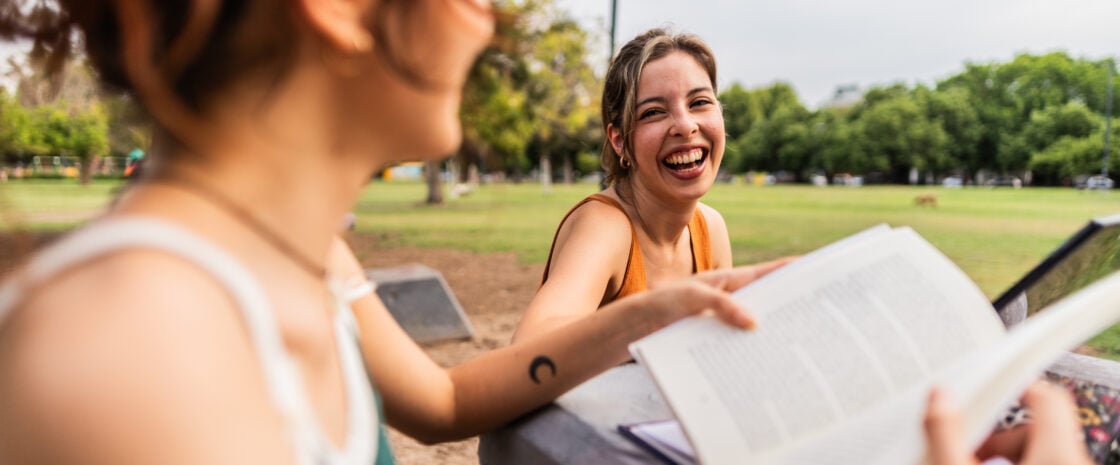In 2024, Canadians held just under $90 billion in registered education savings plans, with an average annual contribution of about $1,840 per beneficiary.
It’s great that so many Canadians are planning for future education costs, but is it possible to oversave?
Jordan Arndt, a certified financial planner with Enns & Baxter Wealth Management in Saskatoon, Saskatchewan, says leftover RESP funds aren’t the norm, but it can happen.
“Sometimes a child’s education plans will change and a child doesn’t complete as many years of schooling as originally thought. Or perhaps they pursue a lower-cost program, receive scholarships, make more money than expected, or have lower costs. In these cases, this can reduce the reliance on RESP withdrawals,” Arndt said in an email.
If you have leftover RESP funds, there are smart ways to put them to work, without triggering taxes or losing grant money.
1. Save it for later
RESPs can stay open for up to 35 years, which gives families plenty of time to make decisions, Jayson Bastien, a financial advisor with Edward Jones in Tecumseh, Ont. said in an email.
One option is to leave the money where it is for now.
“Some may choose to leave the funds in the account in case the student returns to school later,” Bastien said.
You can use RESP funds for college or undergraduate studies, and later to pursue a graduate or doctoral degree, trade school or even a part-time program.
By parking the RESP funds, you’ll preserve grant money and continue tax-deferred growth, should you choose to head back to school.
2. Transfer it to another registered plan
With a family or individual RESP, you can often transfer leftover funds to either a sibling or another registered plan.
🤓 Nerdy Tip: If you’re using a group RESP plan, make sure you’re aware of the unique withdrawal rules, restrictions and fees set by your plan dealer.
Family RESP transfers
A family RESP allows for multiple beneficiaries under one plan — usually siblings. Funds can be used by the other beneficiaries, subject to each beneficiary’s Canada Education Savings Grant (CESG) limits.
Individual RESP transfers
If you have an individual RESP, you can transfer extra funds to a sibling’s plan without tax implications, as long as they were under 21 when their plan was opened. However, without careful planning, these transfers could lead to grant repayment and over-contribution risks.
Some plans may also allow you to name a replacement beneficiary, says Arndt.
Transfers to RRSP
As an account owner, you may choose to transfer up to $50,000 of RESP investment income to your or your spouse’s registered retirement savings plans (RRSP). Check if you have enough contribution room available.
RRSP contribution room calculator
Find your RRSP contribution room to date.
Transfers to RDSP
You can roll over RESP investment income to your registered disability savings plan (RDSP) if certain conditions are met — including having the same beneficiary, Disability Tax Credit eligibility, and how long the RESP has been open.
3. Withdraw it (with caution)
If you’re withdrawing the leftover RESP money because you aren’t likely to go back to school, be aware of the rules and tax requirements you’ll need to consider.
Your RESP is made up of three ‘buckets’ of funds that are treated differently, explains Arndt — your original contributions, the investment growth and government grants.
“Keeping these three categories in mind helps make the options clearer,” he said.
- Contributions, for example, are yours to withdraw tax-free.
- Investment growth can be withdrawn by the subscriber, the person who opened the plan, as an accumulated income payment (AIP). AIPs are taxed at the subscriber’s marginal tax rate, plus a 20% penalty (or 12% in Quebec). To be eligible, beneficiaries have to be at least 21 and the plan must have been open for 10 years or longer.
- Government grants are conditional. If the grants are not used for education, they can be transferred to another beneficiary who has available grant room or repaid to the government.
🤓 Nerdy Tip: The leftover balance in the RESP may be a factor in helping you decide which option to choose. It may be easy to deal with the tax when you withdraw a few hundred dollars, but a larger balance requires more careful planning to minimize tax and penalties.
“The bigger the balance, the more valuable it is to explore RRSP transfers or sibling transfers,” Arndt added.
4. “Donate” it
In some cases, you can also choose to donate a portion of your leftover RESP funds to a designated educational institution. This is still considered a gift and not a donation, so there’s no charitable tax receipt.
The bottom line
When there’s RESP money left over, families have choices, says Bastien — but there’s no one-size-fits-all approach. What matters most is to have a clear idea of your financial priorities.
Evaluate your family’s goals with the help of a financial professional, so you can choose a strategy that minimizes your tax bill on the extra RESP funds and offers the ideal outcome for your situation.
“These goals serve as the foundation for every decision, whether the funds might support future education, benefit another child or fit into broader planning,” Bastien said.
Sources mentioned in this story:
- Canada Education Savings Program Annual Statistical Review 2024
- Registered Education Savings Plans (RESPs): Services and information
DIVE EVEN DEEPER

Why Are Emergency Funds Important?
An emergency fund is best kept in an accessible savings account so you can easily get your money when unexpected expenses arise.

How to Switch to a New Bank or Credit Union in Canada
Unhappy with your bank? Switching to a new bank doesn’t have to be hard — using a checklist can make for a smooth transition to your new institution.

3 Ways to Declutter Your Banking Habits
Going paperless, setting up automatic transfers and auditing transaction fees are small improvements that can save time and money.

Banking Online? Safeguard Your Accounts Against These 4 Scams
With financial scams becoming more cunning and sophisticated, learn what red flags to look out for and how to protect yourself.

